 |
|||
 |
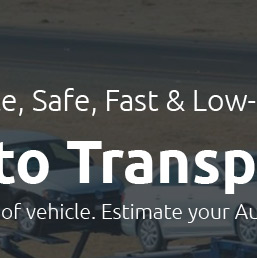 |
 |
|---|---|---|
 |
 |
|
 |
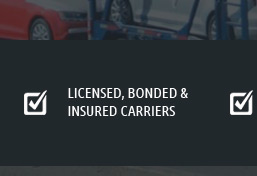 |
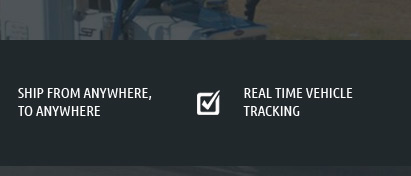 |
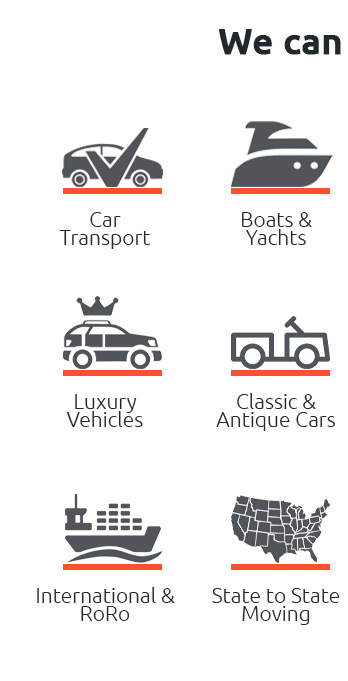 |
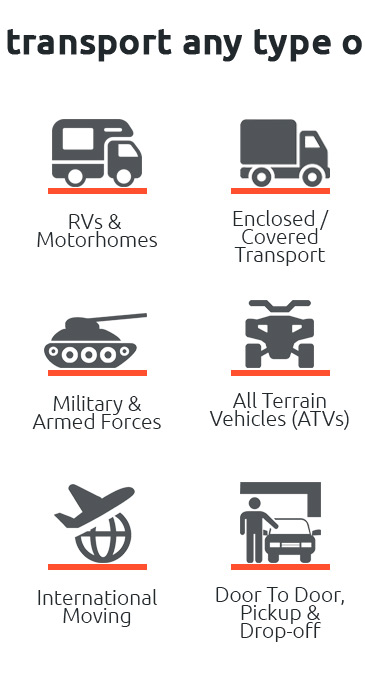 |
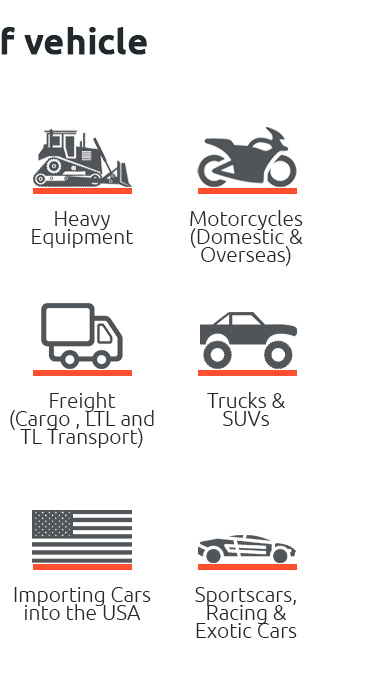 |
|---|
 |
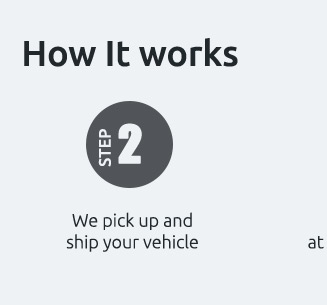 |
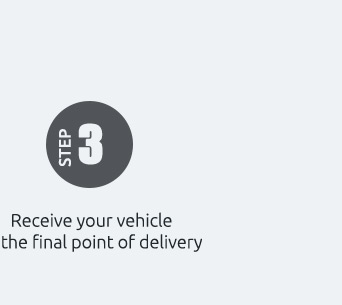 |
|---|---|---|
 |
||
 |
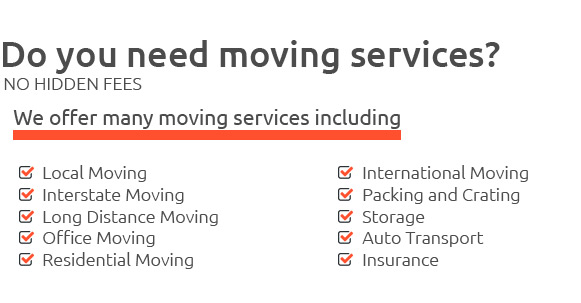 |
|---|---|
vehicle transport interstate train explained for stress-free relocationHow it worksShipping a car by rail uses specialized autorack carriers that move between major terminals. You book a lane, receive a pickup window, and the car is inspected and logged on a bill of lading. Trains run on fixed timetables, so while door-to-door is rare, terminal-to-terminal service is efficient, with final delivery often handled by a short truck hop. What to considerCompare open vs enclosed options, transit time, and insurance. Prep your vehicle: reduce fuel to a quarter tank, turn off alarms, and remove loose items. Clear, time-stamped photos help document condition before loading and at arrival.
In summary, interstate train transport offers a calm, cost-smart path for long distances. It trades some flexibility for reliability, lower emissions, and consistent handling-ideal when you value predictable scheduling over same-day speed.
|
|---|